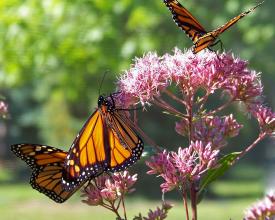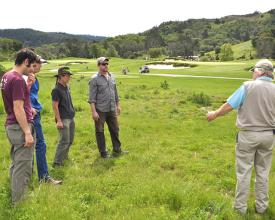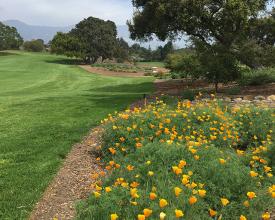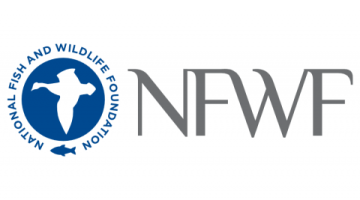
Monarcas en bruto en los campos de golf
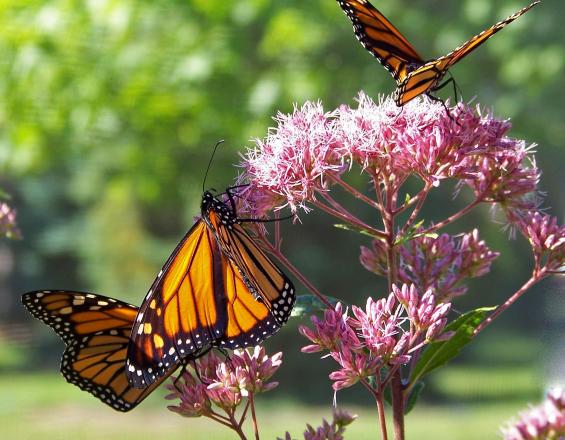
El programa Monarchs in the Rough anima a los campos de golf a crear hábitats para la mariposa monarca y otros polinizadores. Esta emblemática y querida mariposa, famosa por su espectacular migración a larga distancia, está amenazada por la pérdida de algodoncillo silvestre, su único alimento larvario, que ha provocado un descenso del 90% de su población en las dos últimas décadas. El programa apoya y fomenta la expansión de espacios verdes mínimamente gestionados fuera de las zonas de juego de los campos de golf. La conversión de zonas no utilizadas en el rough en espacios con vegetación autóctona, incluido el algodoncillo, tiene una serie de beneficios ecológicos, económicos y estéticos. Al unirse a Monarchs in the Rough, los campos de golf pueden poner de su parte para evitar nuevas pérdidas de monarcas, al tiempo que obtienen reconocimiento como líderes medioambientales y conectan con sus comunidades de nuevas maneras.
Impactos
El programa Monarchs in the Rough proporciona a los gestores de campos de golf semillas de algodoncillo y flores silvestres adecuadas a la región para convertir un acre de terreno en hábitat de polinizadores. La reducción de la gestión en forma de aplicaciones de agua, fertilizantes y pesticidas ayuda a mantener la calidad del hábitat al tiempo que reduce los costes para los propietarios y operadores de los campos. Los golfistas disfrutan experimentando los hábitats naturales, sobre todo cuando se proporciona señalización para explicar los beneficios de las acciones de gestión alternativas para la vida silvestre, así como materiales que señalan la importancia que un campo concede a la sostenibilidad y la protección de la biodiversidad, puede tener beneficios para la reputación. La Asociación de Golf de Estados Unidos recopila y publica ejemplos positivos y directrices de buenas prácticas para los gestores, que les ayudan a tomar las medidas adecuadas y a evitar los problemas que encuentran otros gestores al aplicar cambios en favor de la naturaleza. Audubon International aporta directrices científicas y reconoce el éxito designando a los campos de golf Santuarios Cooperativos Certificados de Audubon, si cumplen una serie de criterios de gestión medioambiental. La certificación puede reportar beneficios económicos: las investigaciones han revelado un sobreprecio para los campos de golf certificados como santuarios de vida silvestre.

